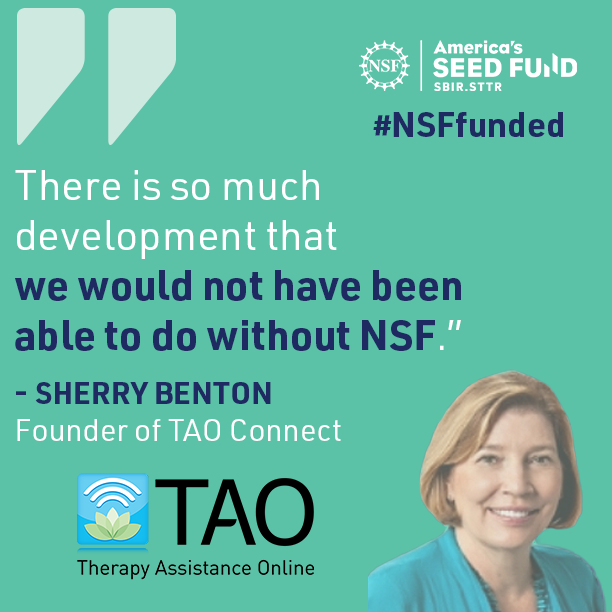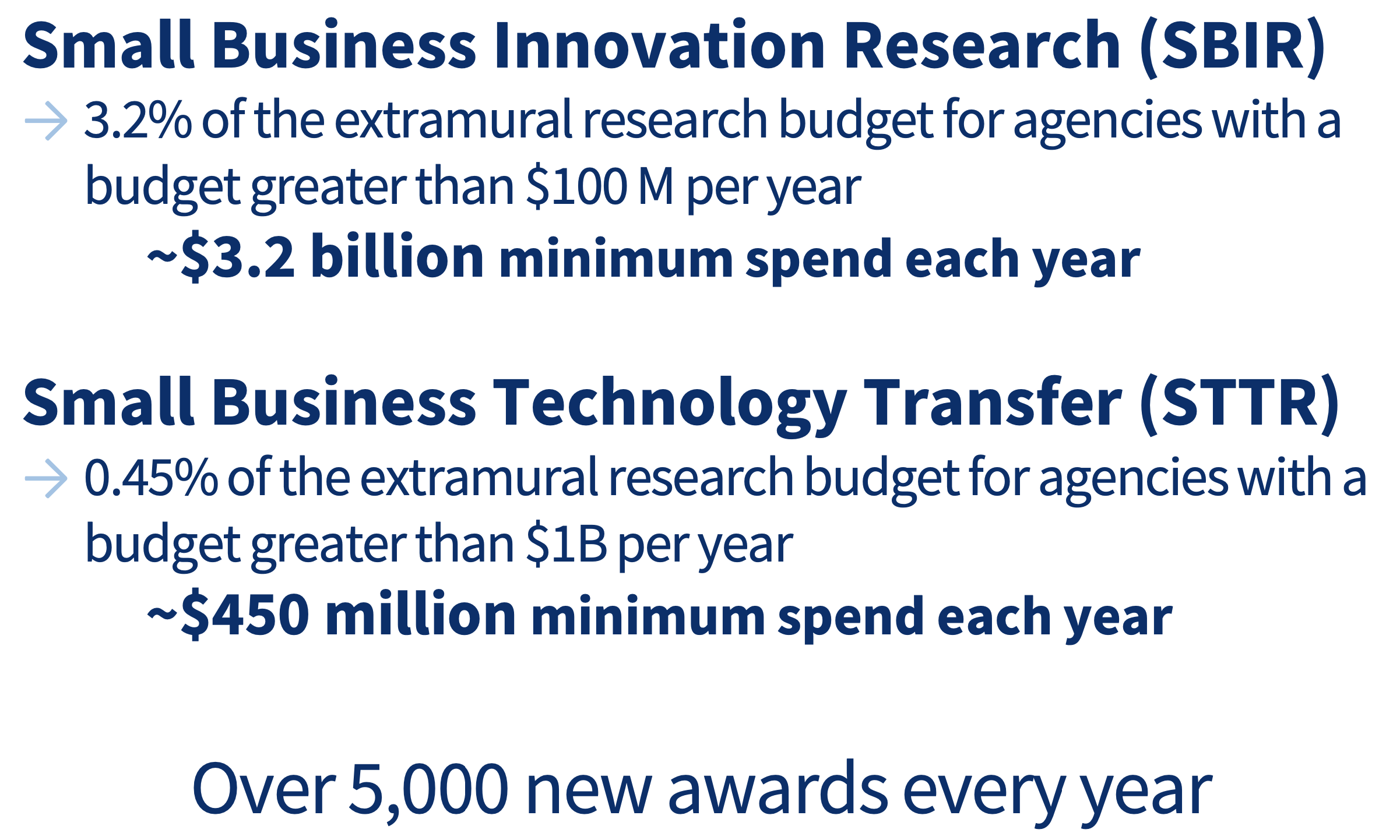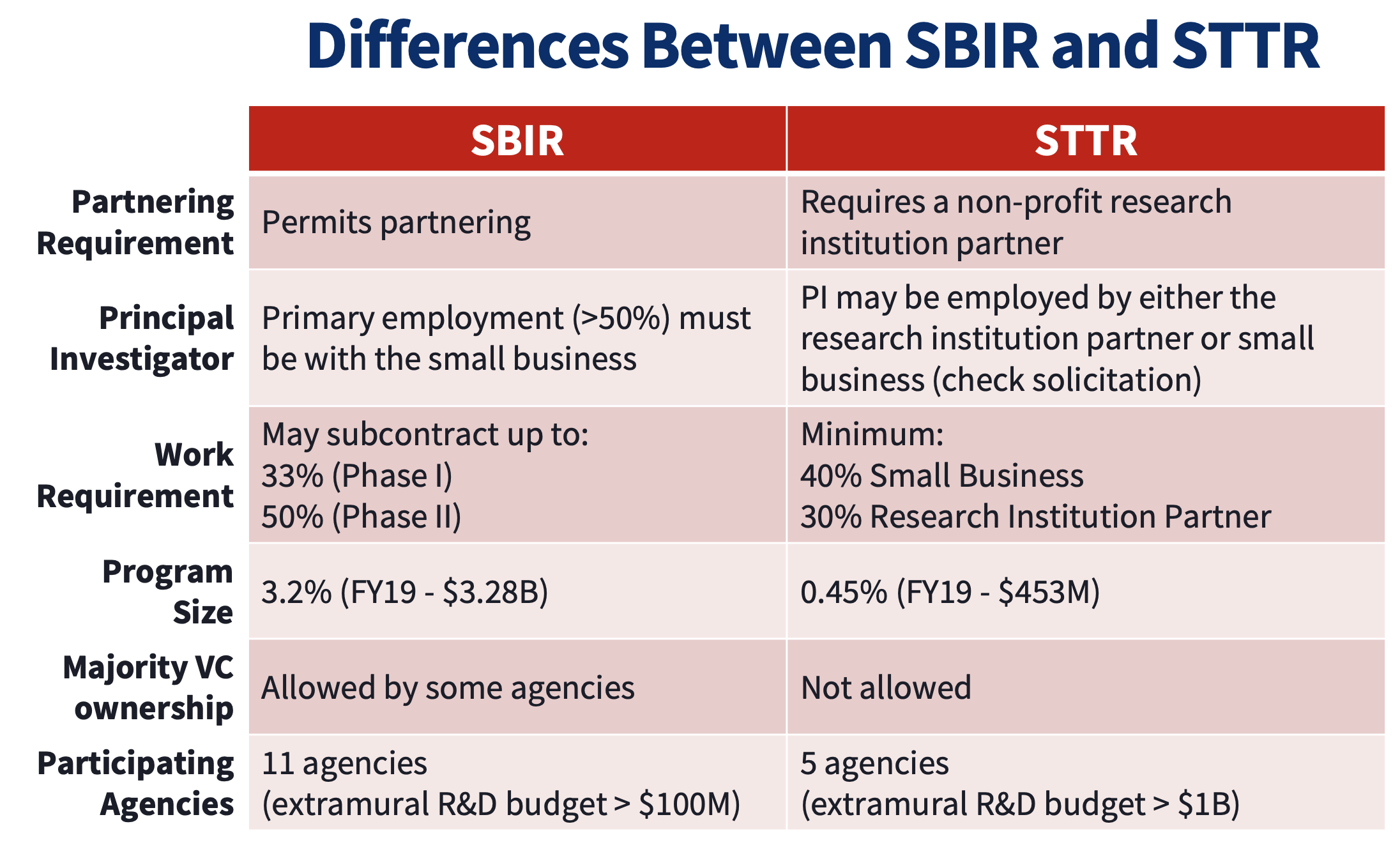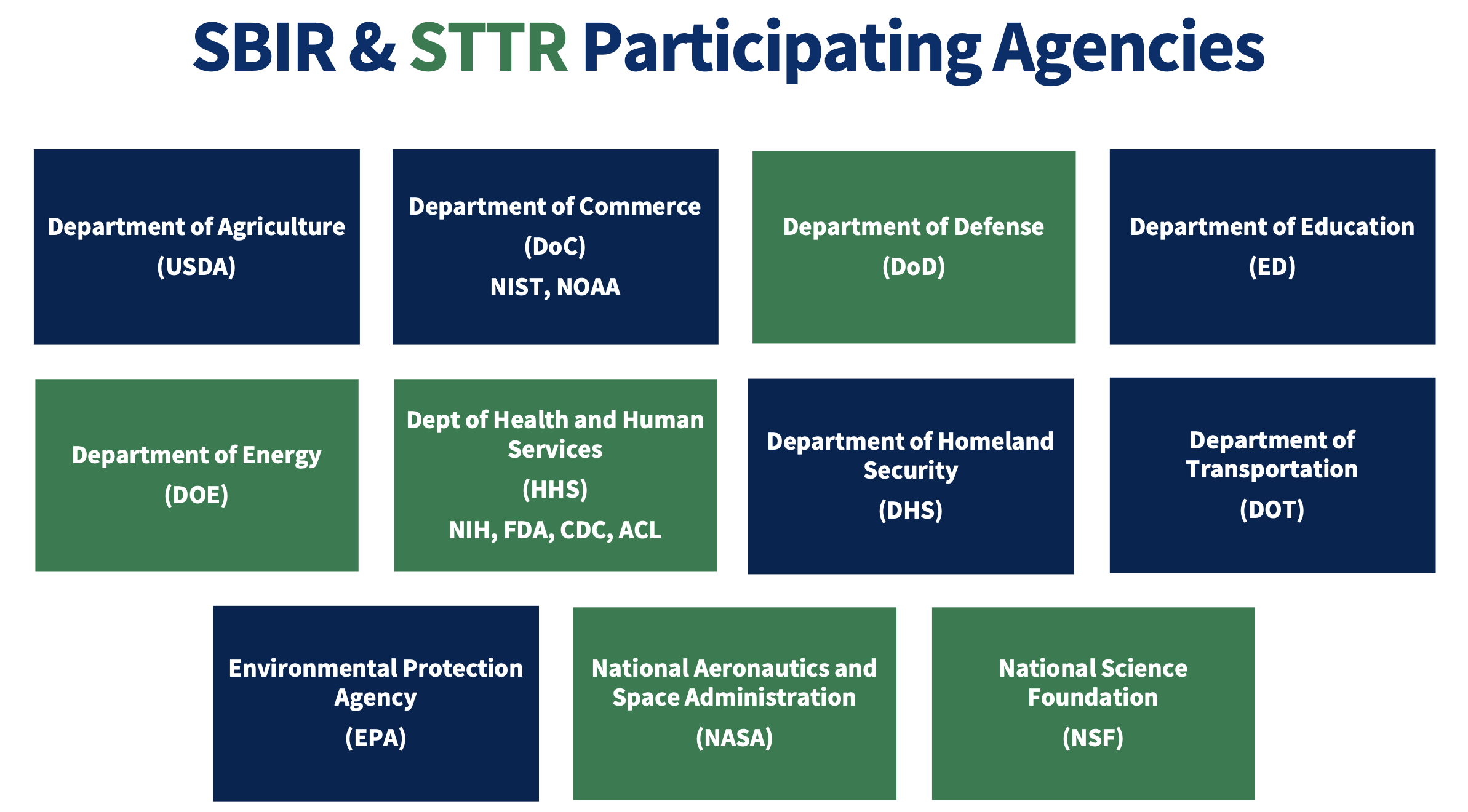Finding the right capital to fund your startup can be a challenge, and non-dilutive funding can be very attractive to founders. While there are a variety sources of non-dilutive funding sources available, both federal and private, the most common federal sources are Small Business Innovation and Research (SBIR) grants and Small Business Technology Transfer (STTR) grants.
Sometimes referred to as America’s Seed Fund, these non-dilutive grants like SBIR and STTR will not eliminate the need for dilutive funding, but they can certainly reduce or delay the need for it and thus allow a company to receive a much more favorable valuation, since investors will be funding a prototype or product with a company that has a facility and employees instead of an idea.
Several tech companies within the Tampa Bay Wave’s membership have taken advantage of these SBIR & STTR grants. In March of 2021, Refactr received an US Air Force AFWERX SBIR 20.1 Phase II contract for $750K with Platform One, the Air Force’s DevSecOps initiative. “This is a major achievement for Refactr and allows us to adapt our DevSecOps Solution Delivery Automation Platform to the Air Force needs that provide dual use capabilities for both government and commercial customers. It is an amazing achievement to land the Air Force as a customer, as an Air Force veteran, with innovation that is vital to our national security”, Michael Fraser, Co-Founder and CEO at Refactr.
Additionally, NeuroFlow was awarded $2.6M in SBIR awards since 2018; allowing the company to expand their team and strengthen their technology, to provide best-in-class products to their growing customer base.
Other tech companies who have been successful include Articulate Labs, Immersed Games, Tao Connect,and Phylum.

More about SBIR & STTR Grants
The Small Business Innovation Research (SBIR) and Small Business Technology Transfer (STTR) programs are highly competitive programs that encourage domestic small businesses to engage in Federal Research/Research and Development (R/R&D) with the potential for commercialization. Through a competitive awards-based program, SBIR and STTR enable small businesses to explore their technological potential and provide the incentive to profit from its commercialization. By including qualified small businesses in the nation’s R&D arena, high-tech innovation is stimulated, and the United States gains entrepreneurial spirit as it meets its specific research and development needs.
Qualifications for these grants include:
- Organized for profit company
- U.S. owned/operated with the grant work being done in the U.S.
- No more than 500 employees, including affiliates
- Focus on performing R&D (i.e., not purchasing equipment, commercializing a technology that has already been developed, or one that has very low risk and only needs capital)
How Much $Money is Available?
Each year, Federal agencies with extramural research and development (R&D) budgets that exceed $100 million are required to allocate 3.2% (since FY2017) of this budget to fund small businesses through the SBIR program. Federal agencies with extramural R&D budgets that exceed $1 billion are required to reserve 0.45% (since FY2016) of this extramural R&D budget for the STTR program.

Differences between SBIR & STTR
The major difference between the SBIR and STTR is that the STTR requires the small business to partner/collaborate with a U.S. non-profit research institution, while the SBIR allows you partner/collaborate. In both cases (SBIR and STTR) the award goes to the small business i.e. it is the primary contractor or grantee and the non-profit research institution is the sub-contractor.
Refer to the chart below summarizing several differences:
How do SBIR & STTR Grants Work?
The SBIR Program is structured in three phases:
Phase I. The objective of Phase I is to establish the technical merit, feasibility, and commercial potential of the proposed R/R&D efforts and to determine the quality of performance of the small business awardee organization prior to providing further Federal support in Phase II. SBIR/STTR Phase I awards are generally $50,000 – $250,000 for 6 months (SBIR) or 1 year (STTR).
Phase II. The objective of Phase II is to continue the R/R&D efforts initiated in Phase I. Funding is based on the results achieved in Phase I and the scientific and technical merit and commercial potential of the project proposed in Phase II. Typically, only Phase I awardees are eligible for a Phase II award. SBIR/STTR Phase II awards are generally $750,000 for 2 years.
Phase III. The objective of Phase III, where appropriate, is for the small business to pursue commercialization objectives resulting from the Phase I/II R/R&D activities. The SBIR/STTR programs do not fund Phase III. At some Federal agencies, Phase III may involve follow-on non-SBIR/STTR funded R&D or production contracts for products, processes or services intended for use by the U.S. Government.

Currently, eleven Federal agencies participate in the SBIR program and five of those agencies also participate in the STTR program including USDA, DoD, DOE, NSF, and several more. (See image below for the full list.) Each agency administers its own individual program within guidelines established by Congress. These agencies designate R&D topics in their solicitations and accept proposals from small businesses. Awards are made on a competitive basis after proposal evaluation.
Tips and Advice for Applying for SBIR & STTR Grants?
If your company is considering applying for one of these grants, here are some things to consider. The first step is to submit a project pitch, after which you’ll receive feedback if your company is an appropriate fit. Once approved, it’s time to submit a Phase I proposal that will cover roughly 6-12 months of work. It often takes 4-6 months to learn if your proposal has been accepted. Rest assured, whether you get accepted or not, you will still receive feedback from experts. Within Phase I, you are to determine your fit in the marketplace, refine your product, determine the feasibility of your technology, and develop a plan to market your product.
If your tech needs more development, you can apply for Phase II. In this phase, you will be awarded up to $1M over the course of two years to advance your prototype development.
When it comes to applying for these grants, bear in mind that patience is a virtue since it can take many months before you see these funds. It is also pivotal to have a strong team alongside of you when applying for these grants, as the process is time consuming. However, the dedication is well worth the advantage of gaining support and funding to further develop your brand, product and the livelihood of your company.
The post Wave Startups Tapping into More than $3 Billion of Available Non-Dilutive SBIR & STTR Grants appeared first on Tampa Bay Wave.


